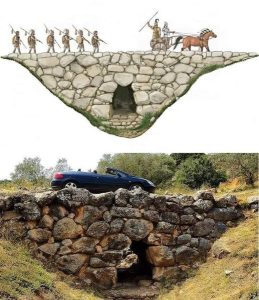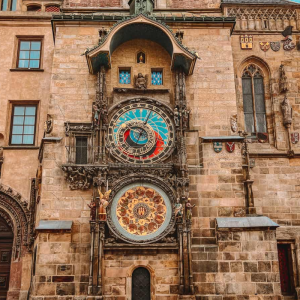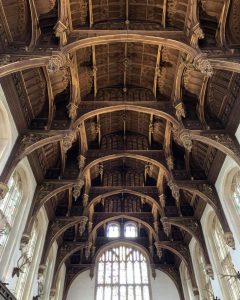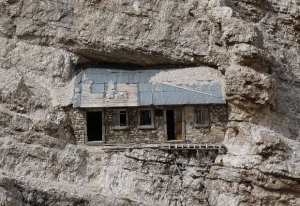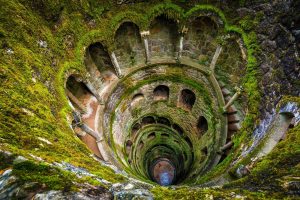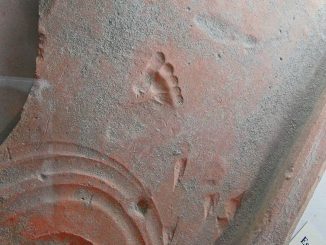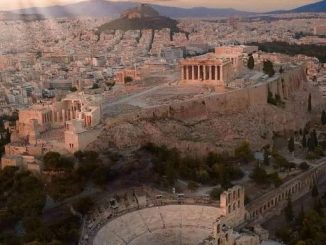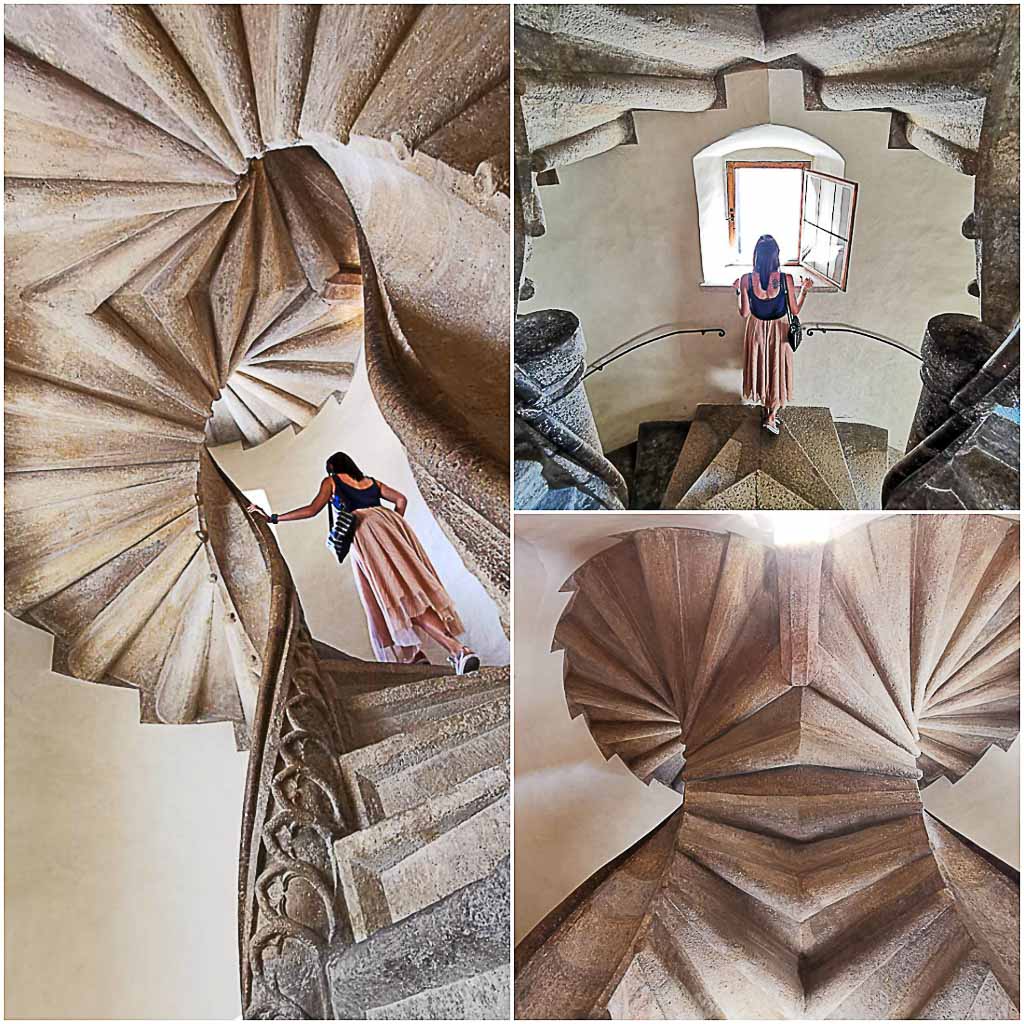
Nestled within the historic Burg of Graz, Austria, lies a remarkable architectural marvel that has stood the test of time for over five centuries. Dating back to 1499, the double spiral staircase, known as the “staircase of reconciliation,” is a captivating symbol of craftsmanship and ingenuity. With its two opposing stairways that briefly merge, part ways, and then rejoin on each floor, this staircase is a testament to the creative genius of its Renaissance-era builders.
Unraveling the Intricacies of the Double Spiral Staircase
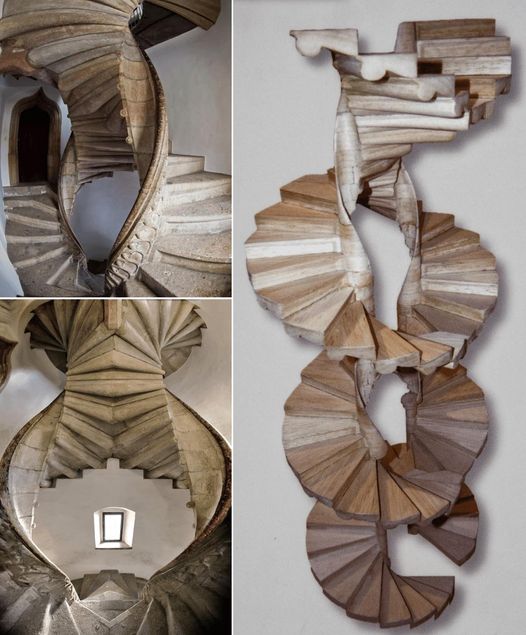
The double spiral staircase of the Burg of Graz is a true masterpiece of architectural design. Crafted from stone, the staircase features intricately carved balustrades, elegant curves, and meticulously placed steps that ascend gracefully from floor to floor. What sets this staircase apart is its unique configuration, with two separate spirals that wind around a central column, creating a mesmerizing interplay of light and shadow.
As visitors ascend the staircase, they are enveloped in a sense of harmony and unity, symbolized by the brief convergence of the opposing stairways before they diverge once more. This architectural feat is believed to represent the concept of reconciliation, echoing the idea of two paths coming together before branching off in different directions. It is a poignant reminder of the importance of finding common ground and fostering understanding in a world often divided by differences.
Exploring the Historical Significance of the Burg of Graz
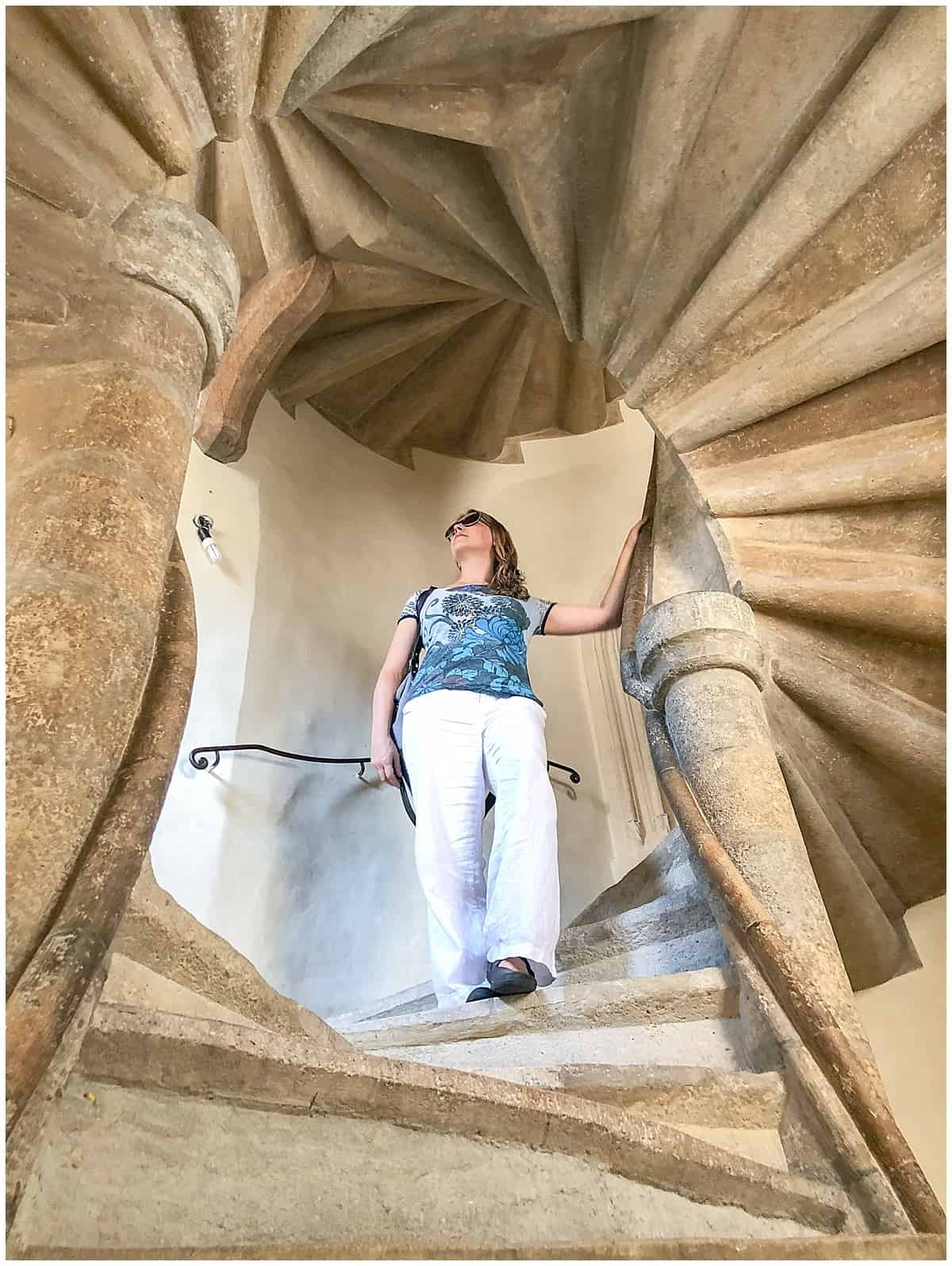
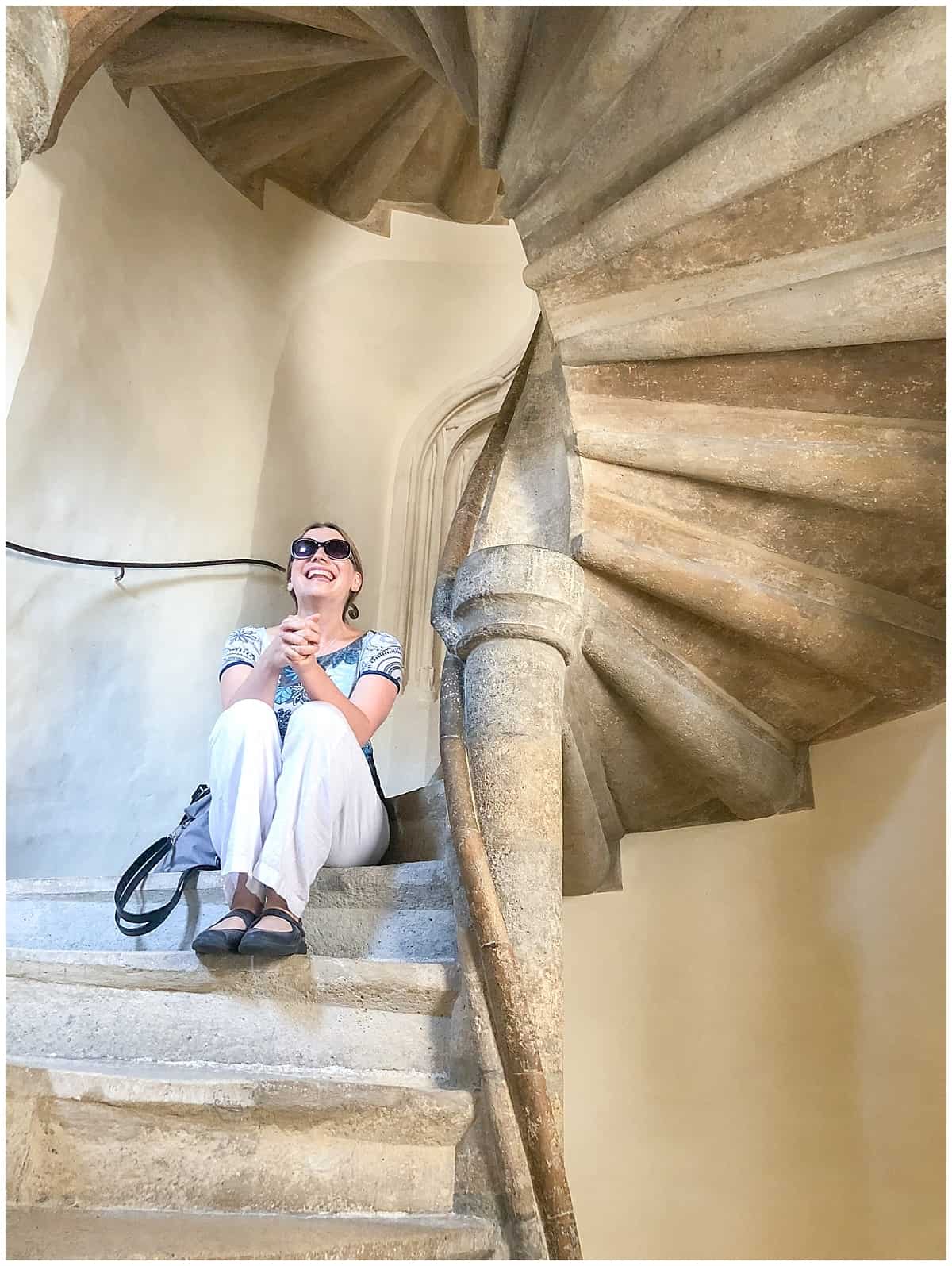
The Burg of Graz, where the double spiral staircase is located, holds a rich and storied history that dates back to the Middle Ages. Originally built as a fortress to protect the city of Graz, it later served as a residence for the ruling nobility and a center of political and cultural activity. Today, the Burg is a UNESCO World Heritage Site and a popular destination for visitors seeking to explore its architectural wonders and learn about its illustrious past.
The double spiral staircase stands as a testament to the Burg’s enduring legacy and its role in shaping the cultural landscape of Graz. As visitors marvel at its intricate design and ponder its symbolic significance, they are transported back in time to an era of artistic innovation and intellectual curiosity. The staircase serves as a bridge between the past and the present, inviting us to reflect on the enduring power of architecture to inspire, provoke thought, and evoke emotions.
Conclusion: Reflecting on Architectural Brilliance
In conclusion, the double spiral staircase of the Burg of Graz is a true marvel of architectural brilliance and historical significance. Dating back to 1499, this remarkable structure continues to captivate and inspire all who encounter it. As we admire its graceful curves and contemplate its symbolic meaning, we are reminded of the enduring legacy of the Renaissance-era builders who crafted this masterpiece with care and precision. In a world marked by division and discord, the staircase of reconciliation stands as a beacon of hope, reminding us of the importance of unity, understanding, and reconciliation.
